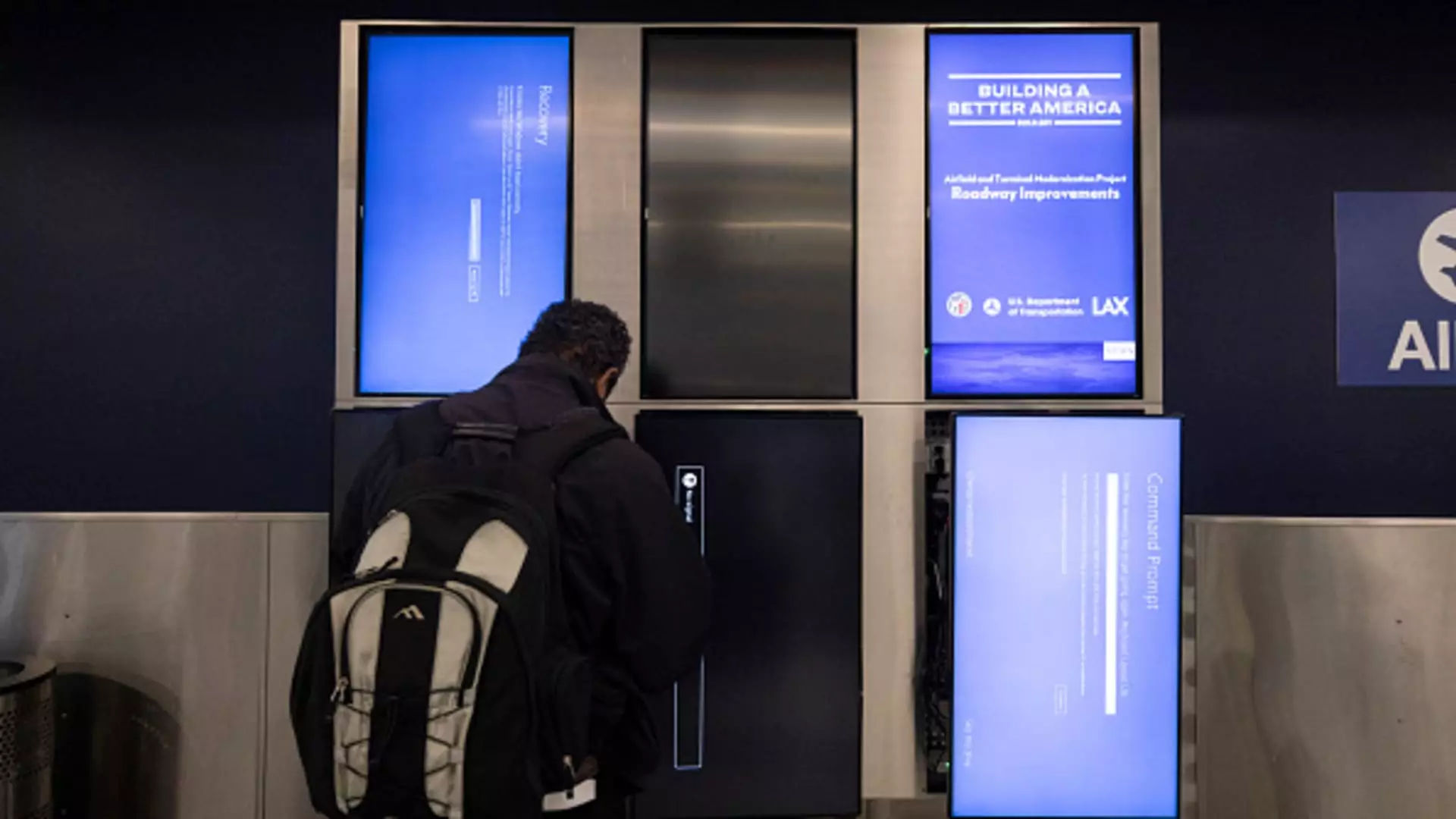Cybersecurity has become a critical aspect of our technological world, especially in the wake of a faulty software update by CrowdStrike that caused chaos for millions of Windows users in July. The repercussions of this incident extended beyond just individual users, affecting airlines, logistics companies, and hospitals. As a result, Microsoft has taken the initiative to host a conference in September to address the evolving landscape of cybersecurity.
One of the key issues that will be discussed at the upcoming conference is the reliance on kernel mode in cybersecurity applications. Currently, software from companies like CrowdStrike, Check Point, and SentinelOne operate in kernel mode, granting them privileged access to the system. While this access allows for better monitoring and prevention of malware, it also poses a significant risk. A failure in an application operating in kernel mode can lead to a system-wide crash, as witnessed in the CrowdStrike incident.
To mitigate the risks associated with kernel mode, Microsoft and other industry players are considering shifting towards user mode applications. Applications operating in user mode are isolated, meaning that a crash in one application will not impact others. This approach offers a more secure environment for cybersecurity software to operate without risking system stability.
In addition to transitioning to user mode applications, the cybersecurity industry is exploring new technologies to enhance security measures. Microsoft, for instance, is advocating for the adoption of eBPF technology, which assesses program compatibility to prevent system crashes. Moreover, the discussion around memory-safe programming languages like Rust is gaining momentum, as it offers enhanced security features in software development.
It is essential to note that while Microsoft is spearheading this conference, it competes directly with companies like CrowdStrike through its Defender for Endpoint product. Despite the competitive landscape, Microsoft has emphasized that all participants, including its own team, will be treated equally at the event. This highlights the collaborative nature of the cybersecurity industry in addressing common challenges and improving overall security standards.
As the cybersecurity landscape continues to evolve, it is crucial for industry players to adapt to changing threats and vulnerabilities. The aftermath of the faulty CrowdStrike update serves as a stark reminder of the potential impact of software vulnerabilities on a large scale. By fostering collaboration, exploring new technologies, and reevaluating security measures, cybersecurity firms can better protect users and prevent widespread outages in the future.
The upcoming conference hosted by Microsoft marks a significant step towards enhancing security protocols and addressing the challenges faced by cybersecurity firms in light of recent events. By redefining security measures, exploring new technologies, and fostering collaboration, the industry can work towards a more secure and resilient cyber landscape for all stakeholders involved.


Leave a Reply
You must be logged in to post a comment.